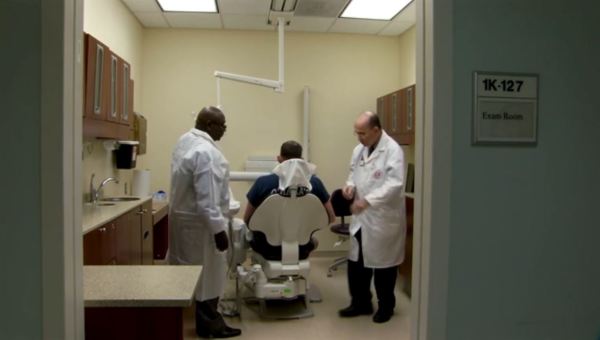The 4 Key Things That Must Be Proven In Every VA Benefits Claim
Editor’s Note: This article was originally published on Veterans Law Blog, the largest and longest running blog on veterans benefits,...

Editor’s Note: This article was originally published on Veterans Law Blog, the largest and longest running blog on veterans benefits, written by VA-accredited attorney Chris Attig.
This is going to sound strange coming from an attorney who represents veterans, but not every veteran needs to hire an attorney or veteran service organization to represent them. There are many of you out there who are perfectly capable of handling your own VA claim or appeal.
I encourage veterans who want to take charge of their own claim to work through these eight steps to improve your own VA claim. I developed the eight-step approach, and use it in my firm’s claims and appeals cases, after years of studying how the VA does, and does not, handle claims and appeals.
The first step in this approach is to admit that we, veterans, see the problem in our VA claims and are ready to do something about it.
The problem isn’t the VA. The problem isn’t Congress. Okay, they are the problem. But you can’t fix that problem. The VA has been a soup sandwich for 100 years and will continue to be one.
The problem — the one that we can fix — is that we have the ability to take back the power in our own VA claims and appeals.
There are four key things that need to be proved in just about any VA benefits claim — what I call the four pillars. These are:
- Make sure you have qualifying service and eligibility as a veteran
- Know the five paths to service connection
- Take the mystery out of the impairment rating
- Fight for the correct effective date
You will notice in that each of these four pillars rests on evidence from your VA claims file.
If you don’t have a copy of your VA claims file, then you have found one of the five reasons that the VA keeps screwing up your claim.
Get your C-file; if you don’t know what’s in it, it may be hurting your claim. What is, and what is not, in it is the reason your claim has been held up for so long.
Fight battles in your VA benefit claim in that order.
What I really like about the four pillars approach is that you can streamline your VA claim or appeal for the VA regional office employee by focusing on the issues in just that order.
In other words, stop arguing with the VA over effective dates until you have a condition service-connected and an impairment rating assigned.
Arguments about impairment ratings are largely going to be ignored by the VA until you can build pillar number two: service connection.
Focus your written submissions on the four pillars of a VA benefit claim.
Every document you file with the VA should have some so-called “CYA” (Cover Your Ass) language in it. After that, organize your submission by giving each of the four pillars a separate heading. Here’s how that might look.
I want you to focus on the structure and organization of the argument below, not the actual words. For example, if you use the phrase “Pillar 1,” the VA won’t have a clue what you are talking about — that’s a term meant to help give you help seeing how the four pillars can build your VA benefit claim arguments for you.
As you read the sample format below, think about whether this kind of organization might help a VA rater more easily understand your claim and issue a quicker decision.
Condition: Diabetes
Pillar 1: Eligibility as a veteran
I have shown that I am an eligible veteran. Explain the details of how you became eligible, and cite to the page in your VA C-file that has the evidence proving that you are eligible.
Pillar 2: Service connection
I have shown that I am entitled to service connection of my diabetes because I showed evidence of my high blood sugar in service, have provided a medical statement from the VA Medical Center showing that I have was diagnosed with diabetes after my discharge, and have an expert medical opinion explaining how my diabetes is at least as likely as not related to my military service.
Again, be sure to cite to the page in your VA C-file that has the evidence proving that you are eligible. It doesn’t matter whether you think you have proven service connection. What does matter is that you provide evidence that you did prove each element.
Pillar 3: Impairment rating
I have attached a Disability Benefits Questionnaire from my VA medical center doctor that shows the current state of my diabetes, and in comparison with 38 CFR Table 4 (Diagnostic Code 7913) I believe I am entitled to a 40% rating for my diabetes.
Pillar 4: Effective date
It is my opinion that I am entitled to an effective date of [Choose the earliest date you think the law will support]. However, I will reserve my arguments about effective dates until after the VA ratings decision granting service connection and a 40% impairment rating is issued.
More articles from The Veterans Law Blog: